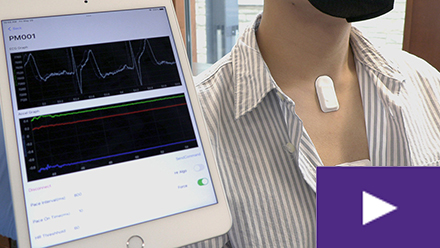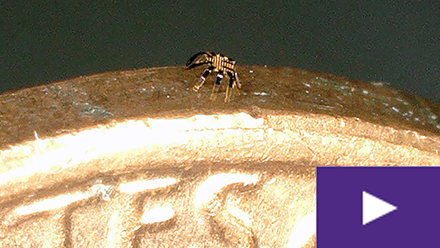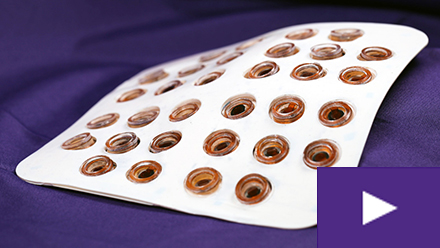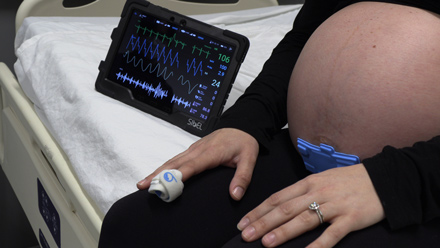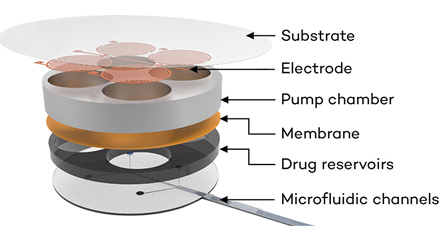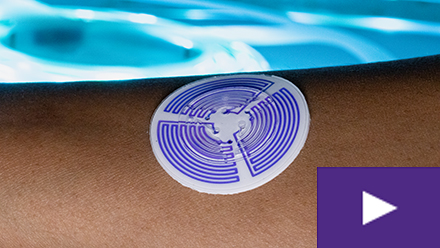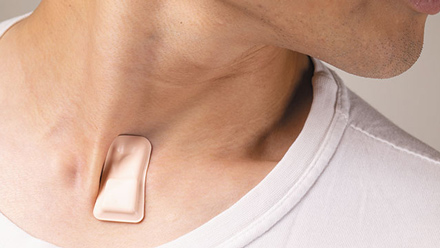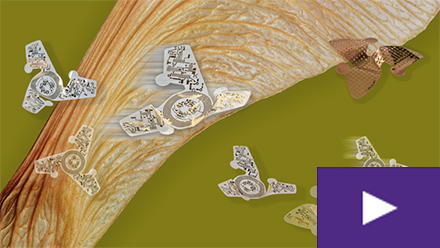Lab Tour: Querrey Simpson Institute for Bioelectronics
With broad applications across medicine, rehabilitation, and sports, QSIB supports the entire ecosystem of translational science—from fundamental materials development to device and component engineering to system prototyping—all under one roof.
A wearable sensor that tracks COVID-19 symptoms and recovery. A wireless, flexible respiratory monitor for patients with sleep apnea. An implant that senses fatal levels of ingested opioids and then delivers life-saving naloxone.
These are just a few of the biocompatible electronic, photonic, and microfluidic technologies developed for the human body by scientists and engineers in the Querrey Simpson Institute for Bioelectronics (QSIB).
With broad applications across medicine, rehabilitation, and sports, QSIB supports the entire ecosystem of translational science from fundamental materials development to device and component engineering to system prototyping—all under one roof. These systems are then deployed in clinical research settings within the institute’s medical partners, including Northwestern University Feinberg School of Medicine and Shirley Ryan AbilityLab.
Research Project Gallery
Explore a few of the pioneering technologies produced at the Kimberly K. Querrey and Louis A. Simpson Institute for Bioelectronics (QSIB).
“We designed the lab to provide an educational experience for the students that’s almost impossible to gain any other way,” says John Rogers, Louis Simpson and Kimberly Querrey Professor of Materials Science and Engineering, Biomedical Engineering, and Neurological Surgery and QSIB director. “They gain an understanding of all steps in the process, and ultimately, how their work impacts patients.”
Supported by a gift from Northwestern University trustee Kimberly K. Querrey (’24 P) and the late Louis A. Simpson ’58 (’96 P), who joined the Board of Trustees in 2006 and became a life trustee in 2010, the two-floor, 24-hour facility in the Technological Institute’s AB wing features a wealth of state-of-the-art research spaces, testing rigs, and manufacturing tools.
Special thanks to Anthony Banks, director of engineering research at the Querrey Simpson Institute for Bioelectronics, for supporting contributions on this story.

